It can start with a screeching sound on acceleration, a “pop” and a cloud of white smoke, or, at its worst, your car accelerating uncontrollably—a runaway. Or your TDI just stops making power. No matter how it happens, your turbo has failed. And the next question is usually, “Should I upgrade?”
Choosing between a stock or bigger turbo
Deciding whether to replace your turbo with another one just like it or to upgrade can be a complex decision. Or, it might be easy, because there may not be a larger turbo available that will easily fit your TDI. If there are upgrades available for our car, you should consider:
- A bigger turbo may not provide more power unless you make other upgrades (chip tuning, more fuel, better breathing)
- Bigger turbos may require supporting hardware for an easy install that can add to the replacement cost
- With larger turbos many expensive modifications may be required to take full advantage of the turbo’s potential
For example, a VNT-17 on an A4 TDI is a solid, well known upgrade. But it requires a $200 hose or a $100 adapter to fit stock intercooler piping. And bigger injectors (about $300), a chip tune ($300-700+), downpipe ($300-400), and improved intake (costs vary) are required to take full advantage of the power it supplies. And of course you’ll need a clutch. So you can see that choosing a bigger turbo is just the tip of the iceberg.
Many people consider a bigger turbo in hopes of improved reliability. And there are situations, even in stock cars (such as high altitudes) where a bigger turbo may last longer than the OE turbo, so this is a valid consideration.
Limited selection for some TDIs
For some TDIs there are very few options. For others, there are many. Let’s deal with the ones where choice is limited first.
- The NMS Chassis Passat (engine code CKRA, 2012+) does not have an aftermarket option. This turbo has also been known to fail, so much so that VW has extended its warranty option on the turbocharger to 10 years or 120,000 miles.
- A5 Jetta, engine code BRM: Your option right now is a stock replacement turbo from VW, or a custom fabrication of manifold and turbo. No plug-and-play turbos that fit this car are in the US aftermarket—yet. With the A5 VW switched the turbo configuration to a top mount (the turbo sits on top of the manifold, not hanging below it as in earlier cars), so turbos from other TDIs won’t fit.
- B5.5 Passat, engine code BHW: This TDI has a separate turbo and manifold. Although there are probably many turbos that can be made to fit, the VNT-17, or Garrett 1749VA, is the only true plug-and-play option that’s readily available. Fortunately this is a great turbo, makes good power, and fails infrequently.

- A3/B4 TDIs, engine codes 1Z and AHU. These early TDIs had wastegate turbos in the US, not the variable vane turbos that are on all later VW TDIs. These two engines are nearly identical, but the 1Z has a Garrett turbo, the AHU has a Borg-Warner. The turbos are interchangeable. Like the B5.5 Passat, these turbos are separate from the manifold. There are other options for these cars including hybrid turbos with larger internals (plug-and-play), and switching to a VNT-15 or larger variable vane turbo (not plug-and-play).

MK. VI TDIs (Jetta, Golf, Beetle, Sportwagen)
For the common rail TDIs (except the Passat), engine codes CBEA and CJAA, your aftermarket option is a Borg-Warner CR170 turbo, made for common rail TDIs in Europe. It’s larger than the stock turbocharger and can reach in the range of 180hp and 340 lbs/ft of torque with the correct tune. In terms of installation, it’s essentially plug and play, with the acquisition of a few install parts.
The one main catch involved for this turbo is that, currently, there’s compatibility issues with the exhaust system. The EGR (exhaust gas recirculation) port of this turbo is on the opposite side from where it needs to be, and there’s also complications finding a tuning that would allow it to pass emissions. Some custom fabrication and tuning would be required to make it work. Unless you live in a state that doesn’t check emissions, you might want to consider the other choice before upgrading.
The other option is a Borg Warner stock replacement, OE part # 03L253056. This turbo came stock in all 2009+ Jetta TDIs, 2010+ Golf TDIs, and Sportwagens.
A4 chassis TDIs, lots of options
On 1999.5-2006 A4 platform Golf, Jetta, and New Beetle, there are many turbo options. We’ll limit our discussion here to variable vane turbos with integrated exhaust manifolds. More than a few TDI owners have built their own manifolds, and there are also A4 TDIs out there with wastegate turbos. However, most daily drivers prefer the responsiveness of a variable vane turbo, and don’t want to go to the expense of building a manifold.
Stock Replacements

The ALH engined A4s (rotary pump) came with Garrett’s VNT-15 turbo. A version of this turbo started its life in the A3, but was first sold with an integrated manifold for the ALH engine. It’s very responsive, quite durable (especially if synthetic oil is used throughout its life) and makes great power.
The VNT-15 has benefited from running upgrades to vanes, internal metals, and other improvements during its life. It is less prone to carbon clogging (a common cause of failure on gently driven TDIs) than it was in the past. And many owners are out there with over 200K on their original turbos, so they do last.
When the Pumpe Deuse A4 chassis TDIs (engine code BEW) were brought to the US in 2004, VW switched from the Garrett VNT-15 to the Borg-Warner KP-39. This turbo is physically smaller than the VNT-15, but works exceptionally well in both stock and chip-tuned TDIs. 150 HP/240 lb/ft. is possible with this turbo and the right tune. The KP-39 does seem more prone to boost spikes than the VNT-15, especially in modified cars. And they also seem more stressed at high altitudes. Finally, some owners (again, in modified cars) have experienced boost creep at high speeds, eventually sending the car into limp mode. But these problems are neither that common nor catastrophic.

Want more?
For several years the VNT-17 was the upgrade turbo of choice for may ALH owners seeking more power. 180+ HP and 350+ ft/lbs are not uncommon.

Installing this turbo is fairly simple. The only major difference between it and a VNT-15 is the compressor (cold side) exit. The VNT-17 has a clip fitting that requires a VW hose or an adapter.

Unfortunately the hose runs about $200, but it allows the VNT-17 to plug right into most A4s. 1999.5 A4s will also need a new lower intercooler pipe, or charge tube, to accommodate the clip fitting at the intercooler end of the hose.
As mentioned above, the VNT-17 is also available as a replacement on the BEW, and is plug-and-play on that car. The turbo for the BEW includes a “smart” actuator that provides boost feedback information to the ECU.
Still want more?
If you’ve made other mods to your TDI including air handling (intake and exhaust) intercooling, fueling (bigger nozzles or higher pressure injection pump), and tuning and want more than the turbos listed above can provide, there are more options.
And although the VNT-17 is a popular upgrade on ALH engined TDIs, some drivers have found it less responsive (more lag) than the stock turbo. One way to reduce the lag and increase airflow is to use a larger compressor from a bigger turbo. This is how the 1752, or VNT-17/22, came into existence.

It is a VNT-17 with a compressor housing from a VNT-20. Because the larger compressor is spooling up a smaller exhaust wheel, it is more responsive than the VNT-17. Because it is made of components from two different turbos, it’s called a hybrid. And although its ability to make more maximum power than a VNT-17 is questionable, it does provide maximum torque sooner (lower revs) than the VNT-17 does in most setups. Here’s a dyno of the 17/22 in an ALH with many other mods.

Suppliers have also achieved this result by modifying stock VNT-15 housings to accommodate 17/22 or 18/52 internals. These turbos are available for both ALH and BEW engines, the only difference usually being the actuator. The BEW will usually require intercooler piping modifications for the hybrid intercooler pipe connections to fit properly, depending on the housing used for the compressor.
What to choose?
In summary, bigger turbos can mean more power. But sometimes they can jeopardize driveability with increased lag. Or they cause your car to smoke as they spool up, or cause you to need a new clutch to handle the increased power.
Best way to choose a turbo is to first identify your goal for increased power. Keep in mind that many tuners can improve HP and torque by 30% with a chip alone. Maybe that’s enough and you can stick with a stock replacement. But if you want more, happy shopping.
Related Parts
Borg-Warner Turbocharger (A5 CBEA & CJAA)
Garrett VNT-17/22 Hybrid Turbo (A4-BEW)
Garrett VNT-17/22 Hybrid Turbo (A4-ALH)
Related Articles
How to Tell If Your Turbocharger Has Failed

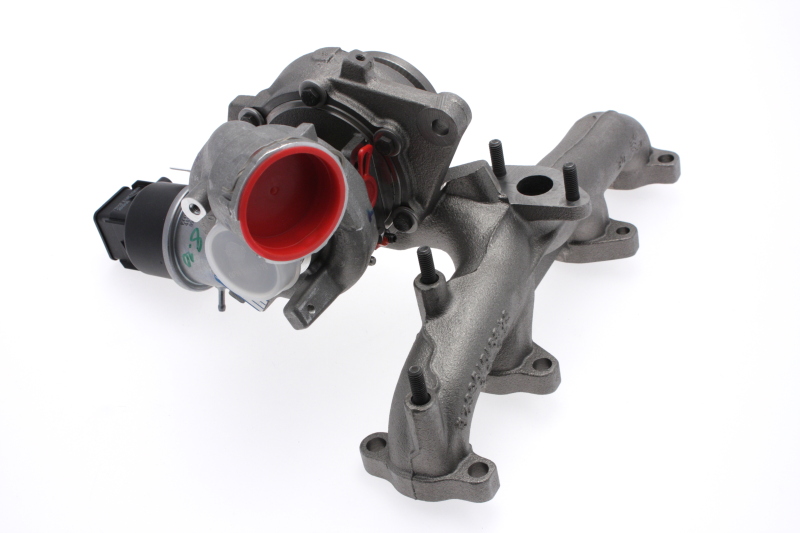
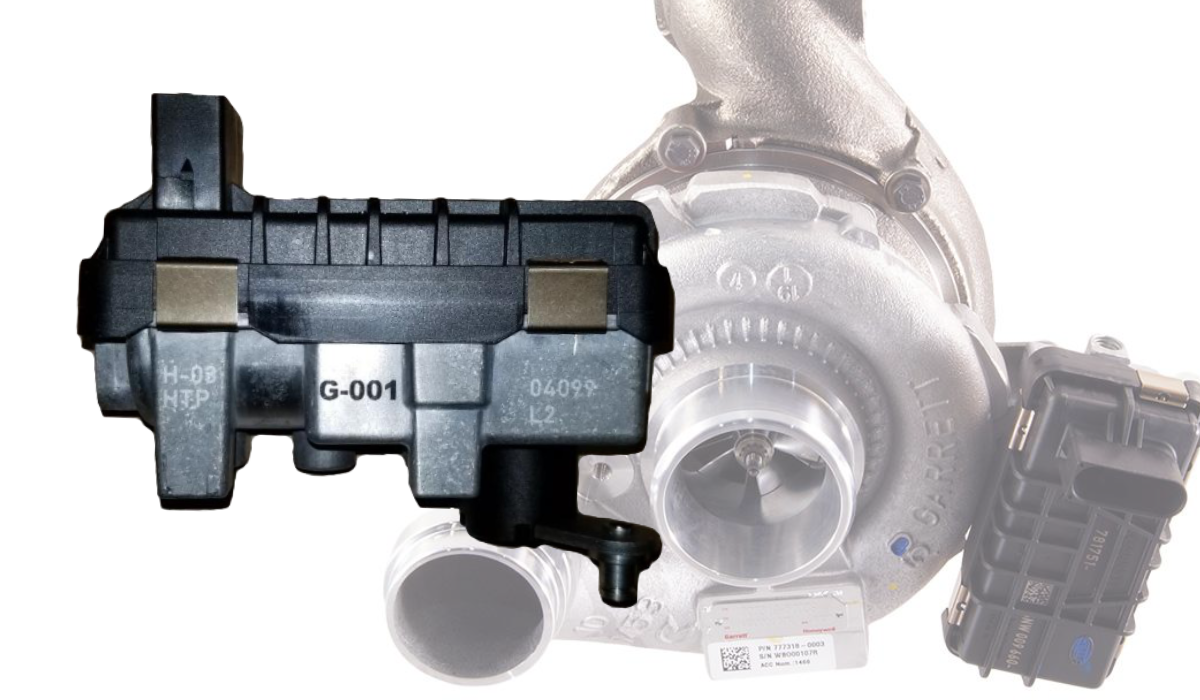
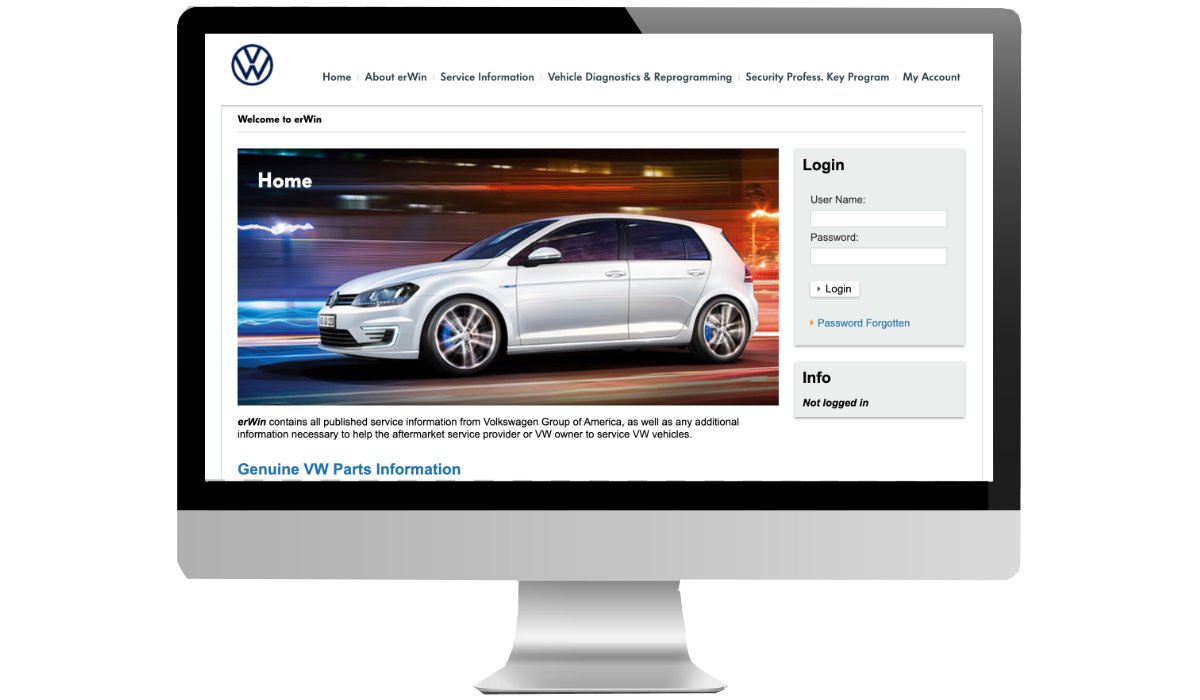
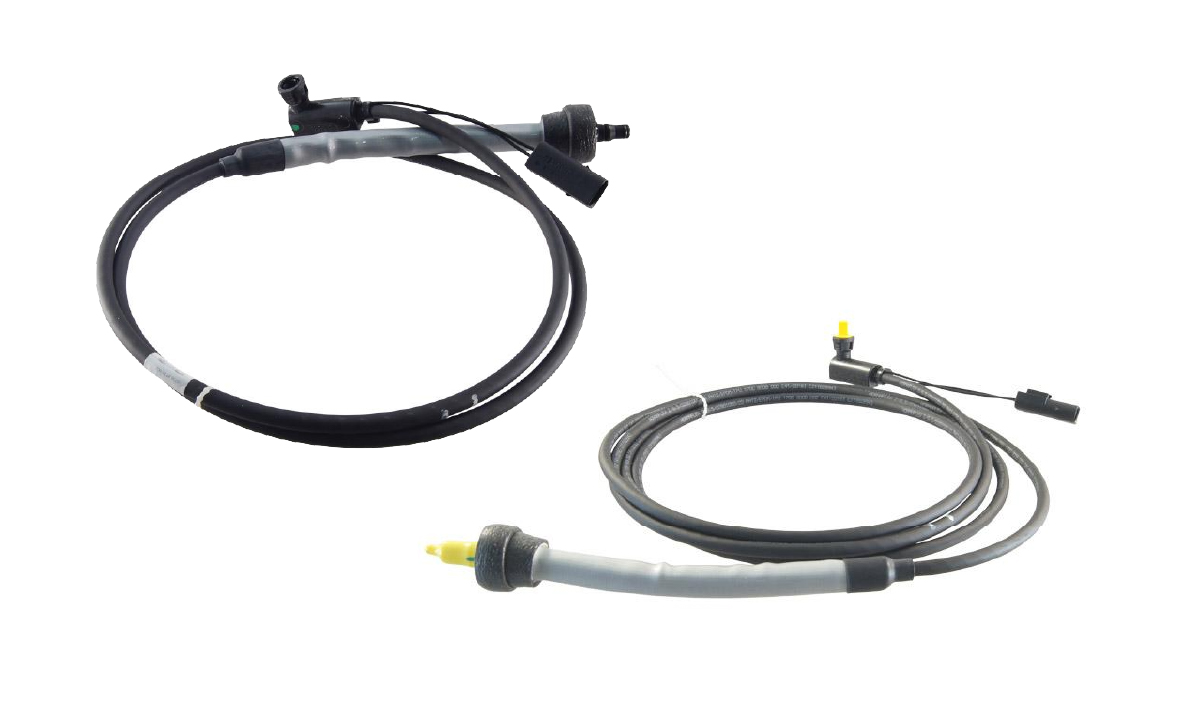
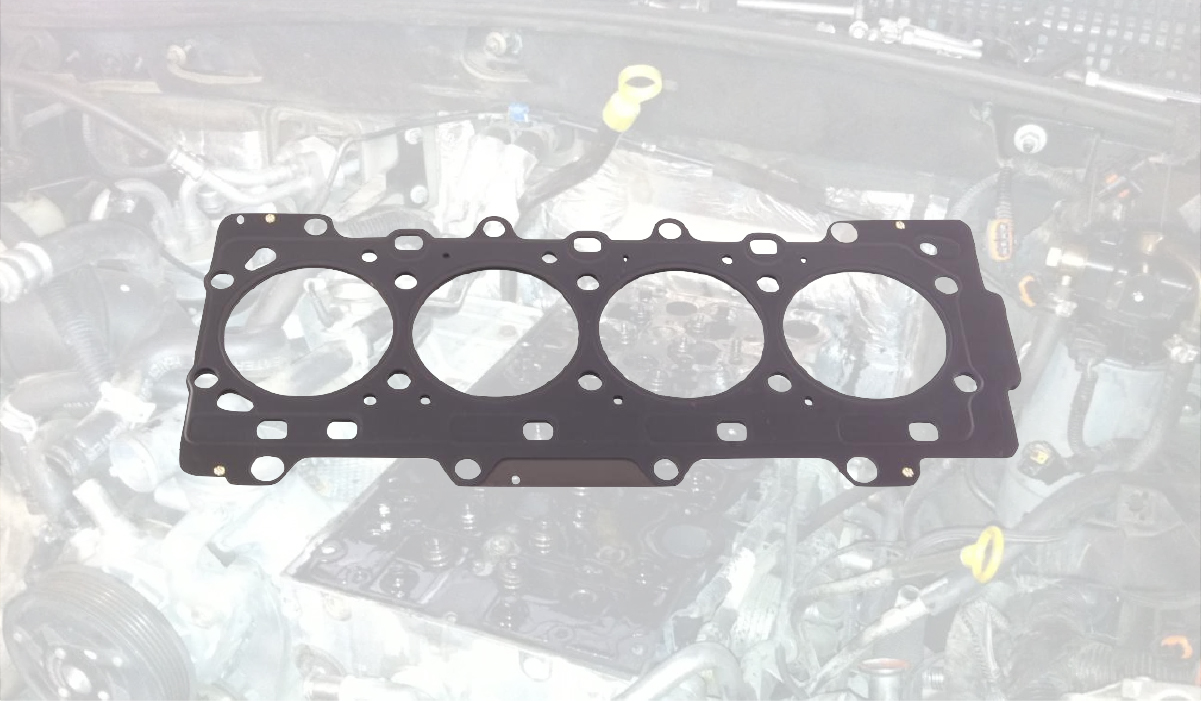
Leave a Reply